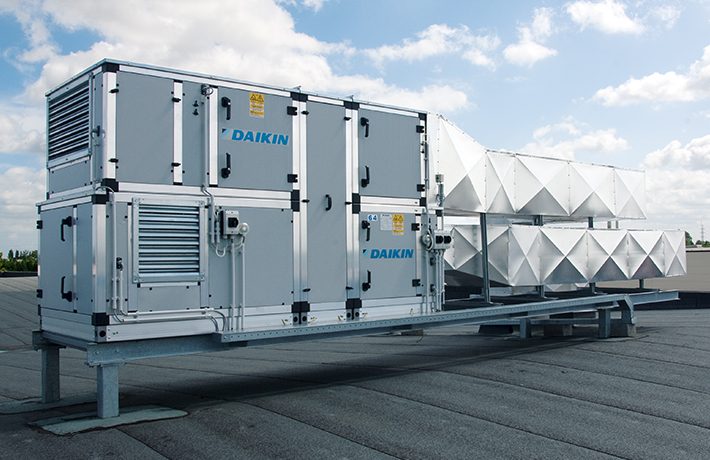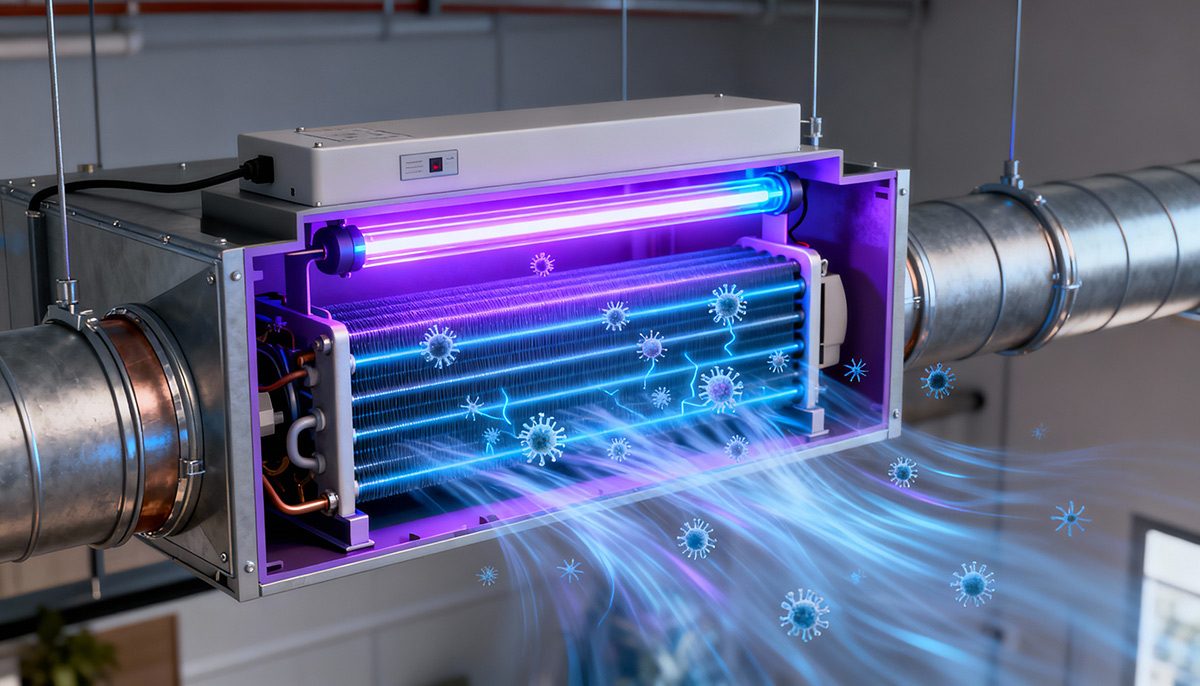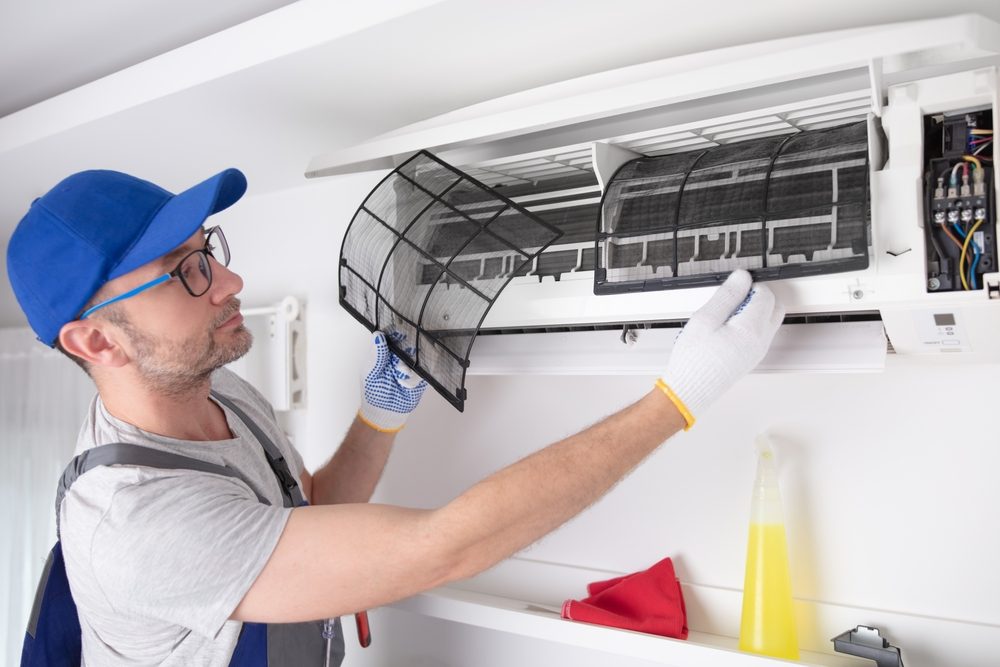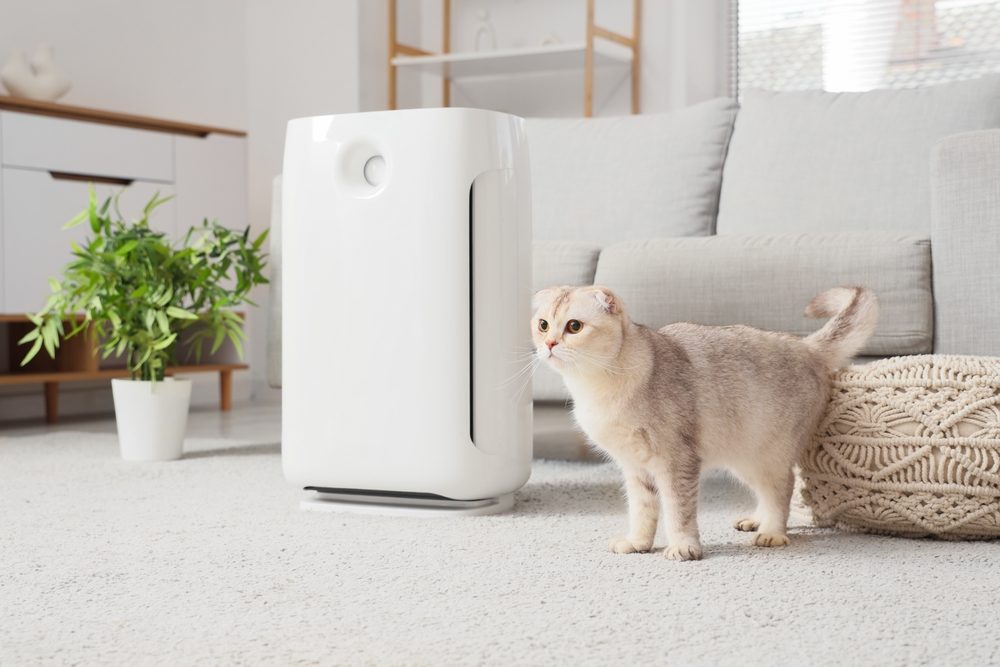
Air Handling Units (AHUs) are the unsung heroes of modern buildings, working quietly behind the scenes to maintain a comfortable and healthy indoor environment. Whether in offices, hospitals, or industrial facilities, AHUs play a crucial role in regulating temperature, humidity, and air quality, ensuring that occupants can breathe easily and stay productive.
In this article, we’ll cover all the essentials of AHUs, from their components to their diverse applications, their benefits and the various types of AHUs available. So, let’s get started.
Components and functionality of Air Handing Units
First, let’s look at the various components of AHUs and their specific functions.
Casing or housing
Encloses and protects the internal components of the AHU.
Usually constructed from insulated panels to prevent energy loss and reduce noise.
Designed to be airtight to maintain the system’s efficiency.
Fan
Responsible for circulating air through the AHU and the connected ductwork.
Can be a supply fan, return fan, or both, depending on the system’s design.
Fan types include centrifugal, axial, or plug fans, selected based on the specific application.
Heating and/or cooling coil
Conditions the air by heating or cooling it as required by the HVAC system.
Heating coils may use hot water, steam, or electric resistance.
Cooling coils usually use chilled water or refrigerant to cool and dehumidify the air.
Filters
Remove dust, pollen, and other airborne particles to improve indoor air quality.
Can include pre-filters, fine filters, and HEPA filters, depending on the level of filtration needed.
Regular maintenance and replacement are crucial to maintain efficiency and air quality.
Humidifiers
Add moisture to the air when the indoor environment is too dry.
Types of humidifiers include steam, evaporative, and ultrasonic, each suited to different applications.
Help maintain a comfortable and healthy indoor climate, particularly in cold weather.
Mixing box
Mixes fresh outdoor air with return air from the building to control the temperature and maintain indoor air quality.
Helps in energy conservation by reducing the need to heat or cool 100% fresh air.
Includes dampers that regulate the amount of fresh and returned air, often controlled by the building management system.
Types of Air Handing Units
These are some of the different types of AHU available:
Small AHUs (Fan coil units and blower coil units): These serve a single zone within a building, such as a loading dock or stairwell. They are simple in design with minimal components (fan/blower, single heat coil, and filters).
Packaged units/rooftop units: These are larger units installed outside or on the roof and serve larger areas or multiple zones within a building. They include additional components like control dampers and can handle airflow down to tens of thousands of cfm.
Semi-custom modular AHUs: Highly flexible, modular units that can be adapted to various commercial or industrial applications. They are built using a modular, building-block approach for easy assembly in the field and include a wide range of standard and custom components like fans, coils, and energy recovery systems.
Custom modular AHUs: Fully customised, modular units designed for special applications or capacity needs. They are used in scenarios with unique requirements, such as laboratories or large industrial facilities and can be tailored in size, materials, insulation, and internal components. Often expensive due to their specialised design and engineering.
How Air Handing Units work in air conditioning systems
AHUs play a crucial role in maintaining high-quality air within buildings, making them essential components of any HVAC system. By regulating and circulating air, AHUs ensure indoor environments remain comfortable, safe, and healthy for occupants. This is particularly important in workplaces, where good air quality is vital for the well-being and productivity of employees.
AHUs are commonly found in medium to large industrial and commercial buildings, where they manage the flow of air across various zones. These units are typically installed in strategic locations such as floors, roofs, or basements to optimise space and functionality. In larger buildings, it is common to deploy multiple smaller AHUs, each dedicated to serving different areas or zones. This approach allows for more precise control of air quality and temperature, tailored to the specific needs of each section of the building.
By ensuring a consistent supply of fresh, filtered air, AHUs help to reduce the presence of airborne contaminants, control humidity levels, and regulate temperature. This contributes not only to a healthier indoor environment but also to the overall efficiency of the HVAC system, as well as the building’s energy use. In environments where air quality is critical (in hospitals, manufacturing facilities, etc), AHUs are indispensable in maintaining the required standards of cleanliness and comfort.
So, AHUs are fundamental to creating and maintaining a healthy indoor atmosphere in commercial and industrial settings. Their strategic installation and operation help to protect the health of building occupants, boost productivity, and ensure the efficient functioning of HVAC systems.
Air conditioner maintenance tips
Let’s look at some of the key benefits of air handling units.
- Indoor air quality (IAQ): The choice of air filters and the rate of air recirculation play a critical role in determining indoor air quality. Selecting the appropriate filters and fan configuration can significantly enhance IAQ, preventing contaminants from circulating through the building’s air supply.
- Energy efficiency: Energy consumption is heavily influenced by the type of fans and coils used, as well as the compatibility between the air handler and the compressor. Ensuring that compressors and air handlers are well-matched and incorporate variable air volume (VAV) systems can lead to high energy efficiency while keeping operational costs low.
- Comfort: The ability of the unit to effectively remove heat and distribute cooled air throughout the building directly impacts occupant comfort. Integrating components that manage humidity levels can further enhance comfort, creating a more pleasant indoor environment.
Conclusion
As we have seen, by regulating and circulating air, AHUs maintain a balanced and healthy indoor environment, crucial for both employee well-being and productivity. Proper AHU selection and installation can significantly impact a building’s HVAC performance.
When it comes to air conditioning, Daikin is a world leader. We offer a wide range of HVAC solutions tailored to meet diverse building requirements – including residential, commercial, and industrial. Daikin has a full lineup of split systems, packaged units, ductless mini-split systems, VRF (VRV) systems, and more – each one designed to deliver exceptional performance, energy efficiency, and comfort. With innovative, pioneering technology and exceptional service, Daikin has sold millions of systems in 140 countries. If you would like to find out more about Daikin’s products, contact us today.



